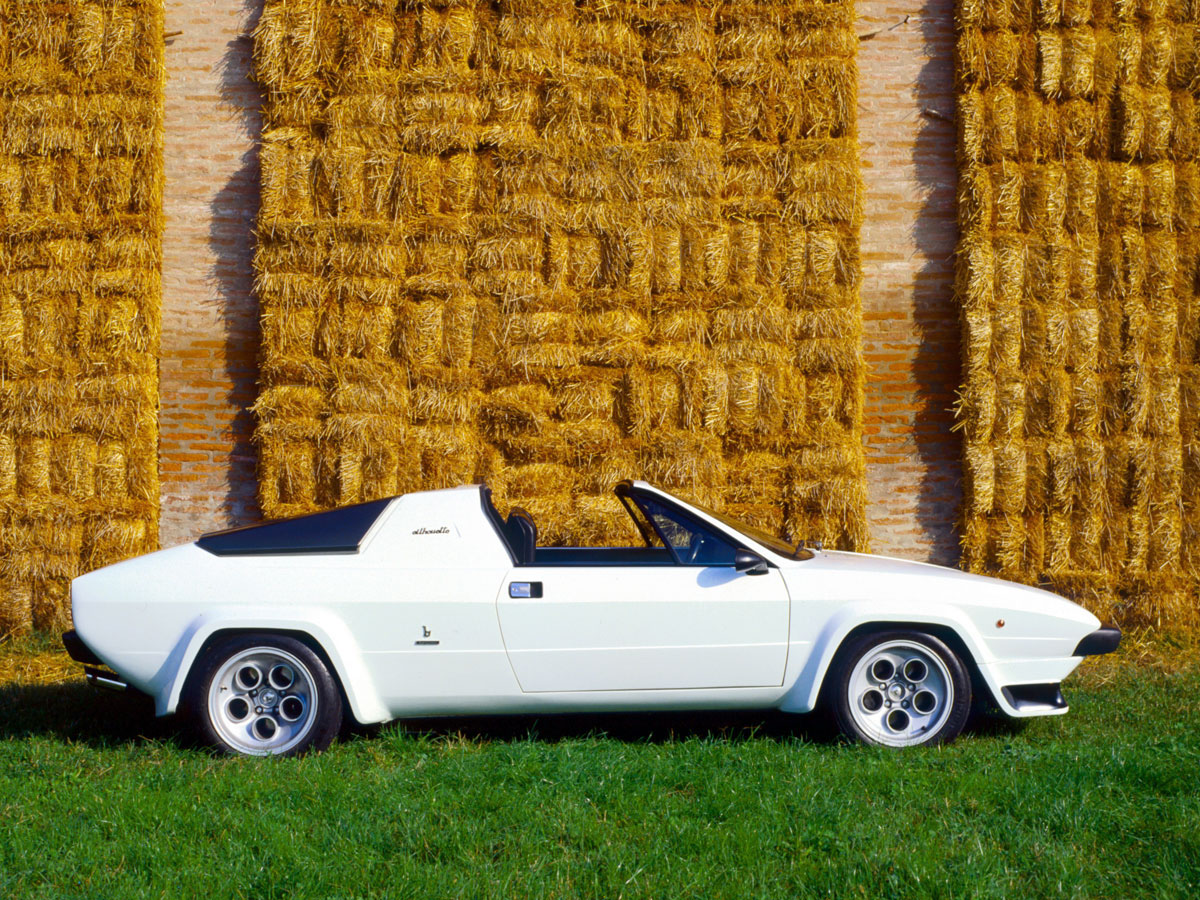We’ve had an incredibly mild autumn and for many that has meant some extra weeks driving this year; yet the cold snap is well and truly setting in and is forecast to stay well beyond the New Year. Winter hibernation is a mainstay of classic car driving, and many throw over a protective cover, pull the garage door shut and simply leave it be; but should you be doing anything else? Read below for winter wrap-up top tips to prepare your car properly, preserve its condition and ensure a trouble-free start next spring!
Step 1: Clean It!

Now is the time to give the exterior and interior of your car a thorough clean. Washing, waxing and polishing using products such as Aqua Wax Polish removes grime and grit that could potentially tarnish the paint finish, and also adds a layer of protection to prevent corrosion. Using a high-pressure hose will help remove accumulated road dirt from the underside.
Don’t forget – keep your car stored in a dry area as mould loves to grow in damp places like the interior of your car.
Step 2: Rust Protection
Apply a liberal coating of grease to all mild steel brake and fuel pipes. This won’t prevent corrosion from the inside but will certainly stop corrosion from the outside!
Apply a good coating of wax to the bodywork, but don’t polish it off (when you put the car back on the road another coat of wax and elbow grease will restore the shine).
Likewise:
- treat brightwork with either lacquer or a generous coating of wax or Vaseline
- spray mechanical parts with WD40 or a similar lubricant
- apply a fresh coat of underside rust prevention such as Waxoyl
- apply grease to all grease-points on steering, suspension and driveline
Step 3: Change the oil
Now is the time to change the oil and filter – before you put your car to bed. Old oil containing acidic material can damage your engine if left for a long time. Oil made specifically for pre-1980 cars will help ease your mind. As a rule of thumb, oil should be changed at least once a year even if you’ve only put 100 miles on the odometer.
Step 4: Fuel Care
During extended periods of inactivity, modern ethanol-containing fuels will separate, leaving highly corrosive ethanol in all the ‘low’ points of your fuel system, i.e. at the bottom of your tank, in the pump, filter bowl and carburettors. If left, this will eventually cause permanent damage to your fuel system. Leaving the tank empty however will allow condensation to form, and it will rot through, so the best option is to leave the tank half full and add an additive for protection against Ethanol during the winter lay-up.
If the car is standing on its road wheels give it a bounce from time to time to slosh the fuel around the tank. If the car is to be laid up for a year or more, drain the tank completely as the petrol is likely to become stale (you can tell by the peculiar smell) and contaminated with water.
Step 5: Battery TLC
Batteries suffer from inactivity. The cold air and lack of use can kill a battery; in fact, in extreme cold a battery can freeze, which creates a big problem if the plastic case cracks.
To prep for winter, disconnect both the positive and negative terminals, clean and grease them, then check the battery and top up levels as necessary; finally connect a battery conditioner such as this 12-volt system, ensuring that you place the conditioner somewhere safe, and that there is no likelihood of the wires becoming trapped as you close the bonnet etc.
Step 6: Check Coolant
Ensure the cooling system is filled with a clean 50/50 solution of glycol antifreeze and water. Some owners suggest that a rubber protectant can extend the life of the radiator hoses if sprayed on the outside of the hose. The protection provided is dependant on the age of the coolant; as it ages, it becomes less effective. If the coolant is over 1 year old, drain and refill the system using a name-brand antifreeze designed for use in older cars.
Step 7: Protect Tyres
Tyres get tired of winter too! If you are parking your car for an extended period of time we recommend that you inflate your tires 10-15 psi higher than usual to stiffen them up. For the best protection, elevate and store the car safely on axle stands or use tyre shoes.
Finally, put your classic to bed
Make sure there is enough room to allow you to walk past the vehicle without knocking it. If possible, leave the handbrake off to avoid sticking brakes and finally, cover with an indoor cover. This helps to protect from damp, dust and general knocks and scratches.
Should you decide to continue using your Classic throughout the winter period, you could look at installing a pre-heat system. This allows you to warm the coolant in the engine prior to starting, thus eliminating the period of highest engine wear, and also ensuring the heater is up to temperature much quicker.
Last but not least, don’t forget to do a SORN Declaration (UK) or you may find yourself in receipt of a fine from the DVLA.









